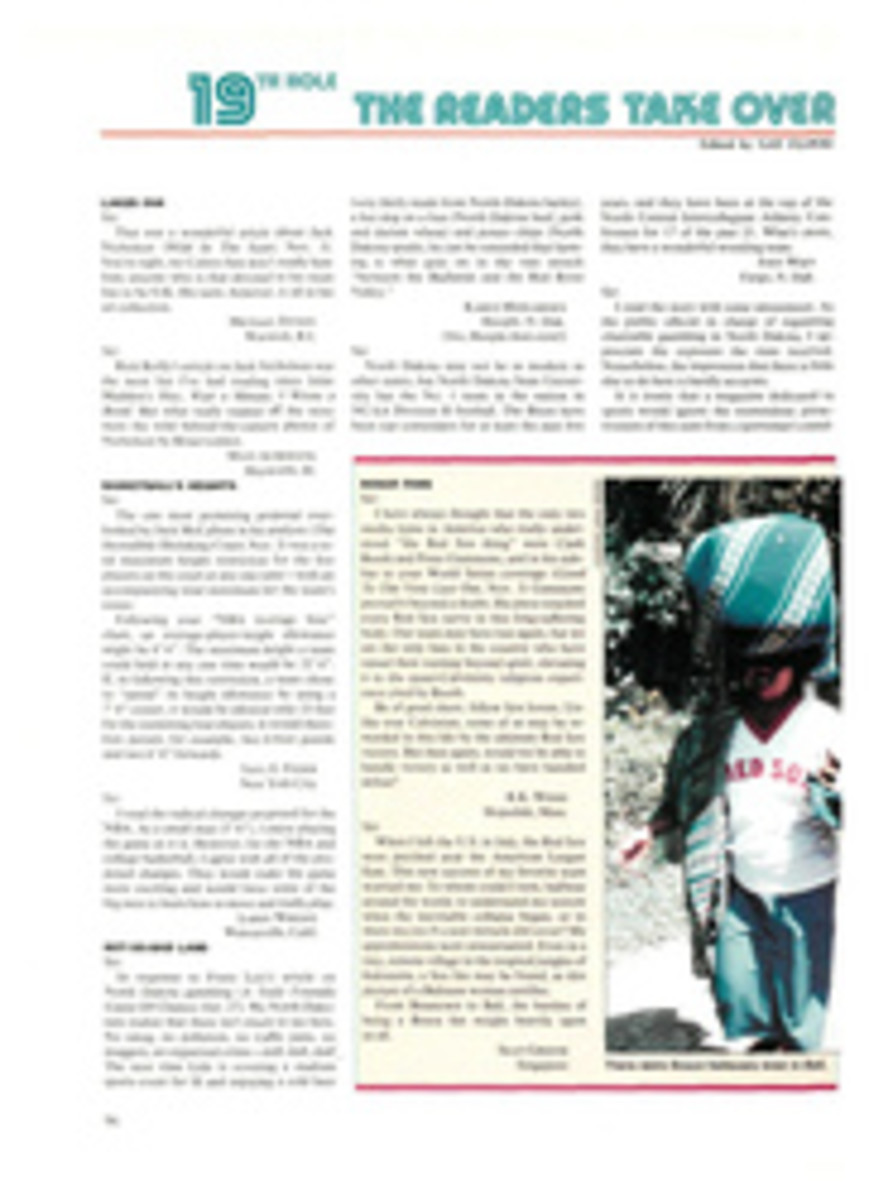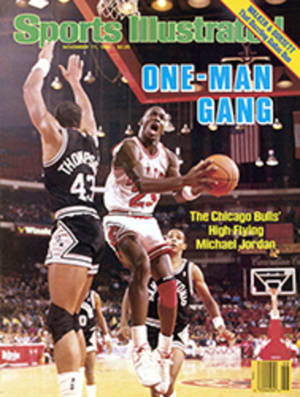
FIGURING A WAY TO DOUBLE THEIR PLEASURE
Put on your favorite fedora, assume your most stoic expression and imagine for a moment that you're Tom Landry. You have two superbly talented runners, Tony Dorsett and Herschel Walker, just aching to get into the football game. How do you design your offense to use their skills most effectively? In solving that problem, Landry rejected two possible options:
•THE TWO LONESOME COWBOYS
Because Landry considers Dorsett and Walker to be primarily runners rather than blockers, why not alternate them? That way both can stay fresh, and some grunt like Timmy Newsome can do the blocking dirty work. That's how two other pretty fair running backs, Eric Dickerson and Craig James, were employed when they were tailback teammates at SMU right there in Dallas from 1979 to 1982. SMU coach Ron Meyer alternated Dickerson and James on every series of downs as a way of wearing down defenses. Washington's George Rogers and John Riggins—when he was healthy—had a similar effect on opposing defenses last year in the NFL. But does it make sense to leave either Walker or Dorsett on the bench 50% of the time? Knowing that defenses would love nothing better, Landry says no.
•THE WOODY HAYES PAS DE DEUX
What the heck, you have two great backs, you might as well put them side by side in the backfield and let them run the other team dizzy, as if they were the reincarnation of the Heisman-winning running back duo at West Point in the '40s, Doc Blanchard and Glenn Davis. Sure, one of them would have to block, but as Chicago offensive coordinator Ed Hughes says, implicitly disagreeing with Landry on the issue, "Blocking is desire. Two days a week on the sled will teach anybody how to block." This, in fact, is what the Cleveland Browns did last year when they put Kevin Mack and Earnest Byner into the same backfield and let them ram the ball down opponents' throats to the tune of 1,000-plus yards each. But now with Bernie Kosar having a stronger year at quarterback and Mack and Byner having been injured, the Browns are relying less on the ground game. That shouldn't surprise anyone, because the end result of a true two-back offense is predictability. Defenses know you have to run the ball most of the time, and they adjust accordingly. "The old clichè is that it's a problem you'd love to have, but it really can be a problem," says CBS analyst and former NFL head coach Hank Stram. "I've talked to all the great contemporary backs. All of them say they get better and better the more they run the ball. To try and play [Walker and Dorsett] in the same backfield is a real chore."
And so Landry and his offensive coordinator, Paul Hackett, have struggled and come up with this solution:
•THE HERSCHEL SHUFFLE
This is designed to exploit Walker's versatility. Leave Dorsett as the primary tailback but put Walker in the game at the same time, in the slot or at wide receiver. Put him in motion, send him out on pass routes, use him as a decoy on some plays and give him the ball on others. "Herschel can go out and be an accomplished receiver lining up in the wide slot or even outside at wide receiver," says Hackett, who was an assistant at San Francisco last season, when running back Roger Craig had 1,016 yards receiving. "[Craig] is as good or better than Herschel coming out of the backfield. I would say he's not the receiver out in open space that Herschel is. Herschel has a whole new dimension that Roger didn't have." Says former Browns coach Sam Rutigliano, now an NBC analyst: "I don't think Landry and Hackett saw this guy [Walker] as having the diversity of talent that he has."
PHOTO
UPI/BETTMANN
Davis (left) was Mr. Outside and Blanchard Mr. Inside during their Heisman days at Army.

